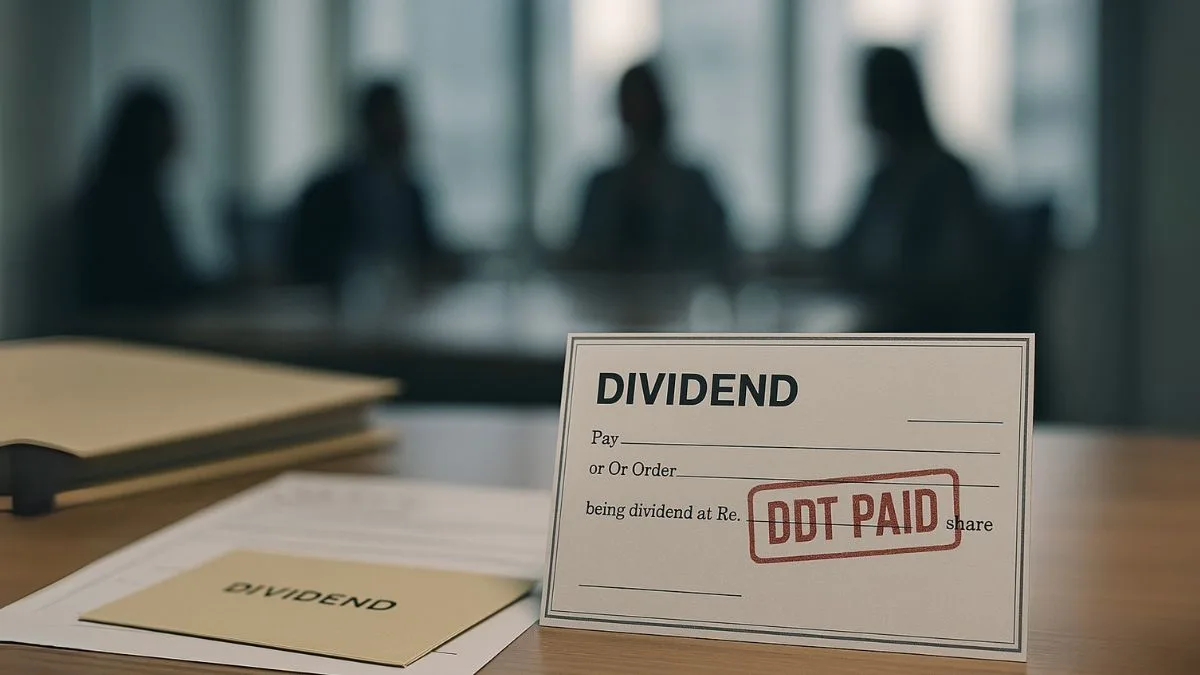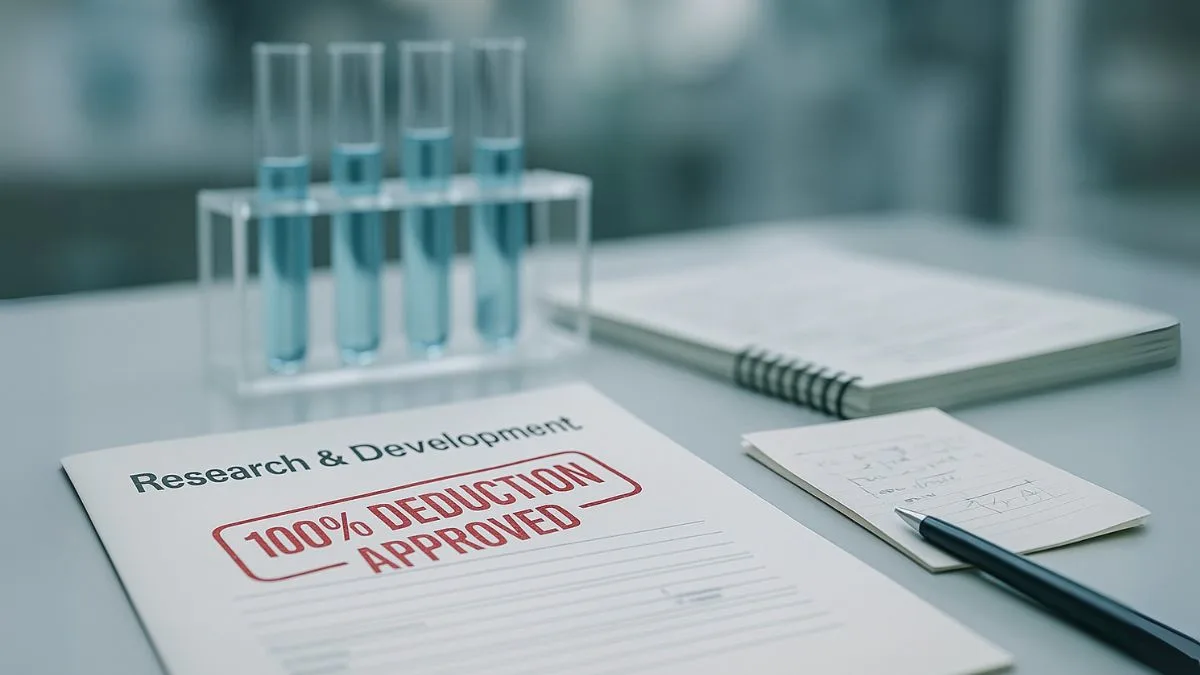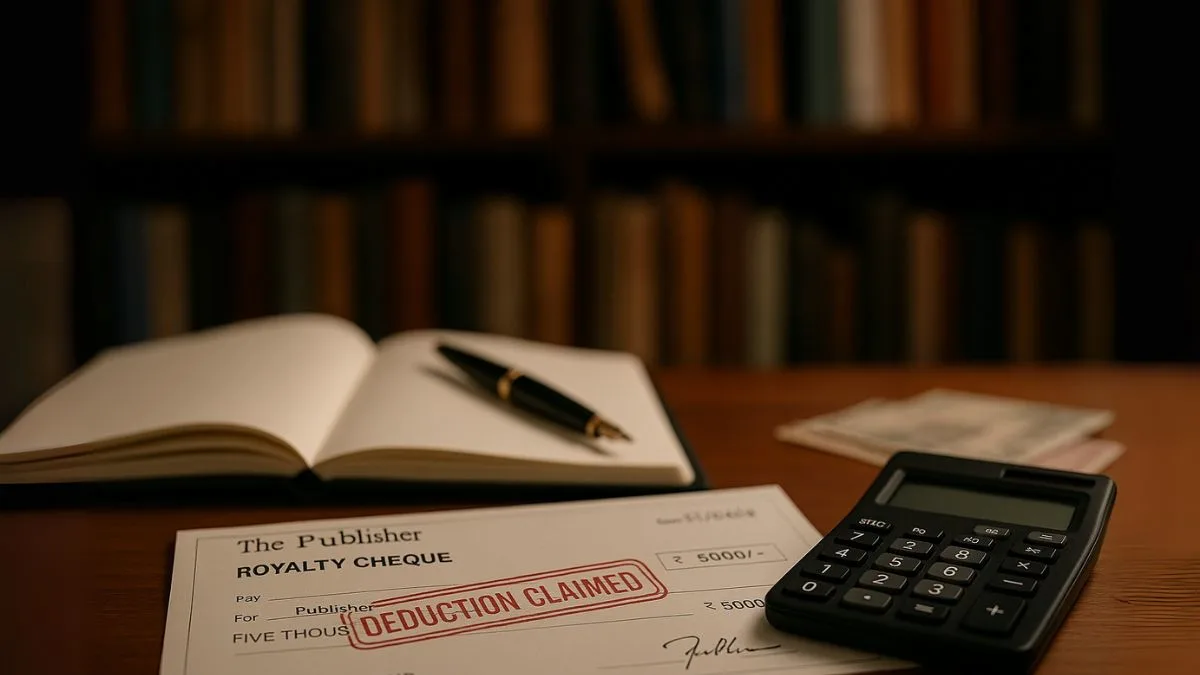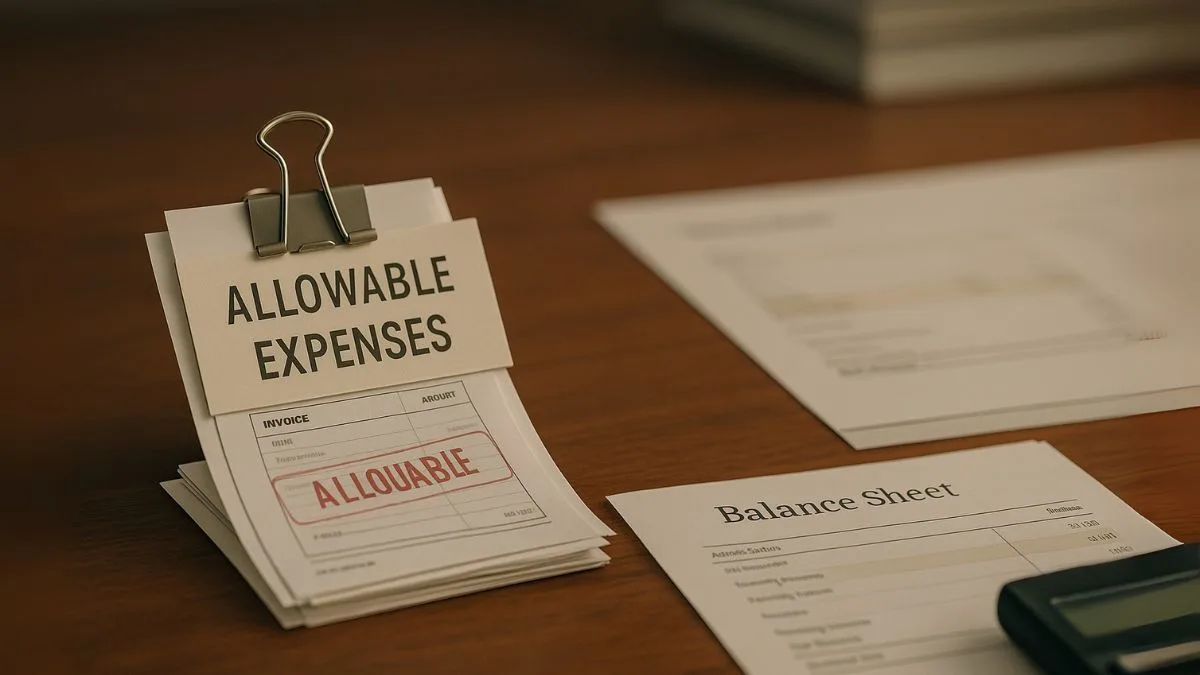
The taxation on dividend income has long been an area of sensitivity.
Pre-2020 dividends’ tax history:
Companies declaring and paying dividends have always been subjected to a Dividend Distribution Tax (DDT). Now, the tax burden was passed from shareholders to the company that paid dividends.
Section 115-O of the Income Tax Act, 1961 was a pivotal provision inserting charge of additional income-tax on companies while declaring any amount as dividends.
While DDT was abolished in 2020, knowledge of Section 115-O is relevant to evaluate old liabilities & retrospective appeals, as well as for understanding how India’s tax policy moved from a stage of taxing dividends at the shareholder level.
What does Section 115-O of the Income Tax Act Say?
Section 115-O was inserted by the Finance Act, 1997 & it has been amended from time to time."
In essence, it stated that:
“Besides the income tax payable in respect of the total income of a domestic company, the company shall be further liable to pay additional income-tax at such rate not exceeding that at which such tax is declared by this Schedule for any assessment year as may be prescribed on so much of the amount [of dividends] declared, distributed or paid by the company during any previous year, as exceeds [four thousand rupees].”
This means —
- The corporation was taxed; the shareholder was not.
- The tax was in addition to corporate tax.
- The tax was due & payable within 14 days of the date upon which a dividend is declared or distributed.
Consequently, the provisions of Section 115-O established a charge of additional income-tax in respect of companies.
Also Read: Understanding Deemed Dividend and Its Tax Implications
The Theoremism of Dividend Distribution Tax (DDT)
For ease of compliance & to prevent loss of revenue, the government implemented DDT under this section.
Under DDT:
- The firm paid a flat tax on the grossed-up value of dividends.
- The dividend was received tax-free by shareholders (up to a limit)."
Therefore, Section 115-O is devoted to the Dividend Distribution Tax (DDT), where the company, and not the investors, were liable to tax on distributed profits.
Applicability and Scope
Who was responsible under Section 115-O?
All domestic companies that declared & distributed dividends to shareholders were subject to DDT, regardless of whether they were resident or non-resident.
When did liability arise?
Liability arose on:
- Declaration of dividends by its board; or
- Distribution of dividends; or
- Payment of dividends to shareholders — whichever occurred first.
Who was not liable?
Companies that:
- Paid dividends to other domestic companies (inter-corporate dividends already taxed).
- Paid dividends to business trusts (REITs/InvITs).
Dividend Distribution Tax (DDT) Rate
The DDT rate under Section 115-O fluctuated over the years. The most recent pre-abolition rate was:
|
Period |
Rate (including surcharge & cess) |
|
Up to FY 2019–20 |
20.56% (base rate surcharge cess) |
This rate was applied to the grossed-up value of dividends.
Example: If a company planned to pay a net dividend of ₹100, the grossed-up value was ₹117.65, & tax at 20.56% was applied — making the liability roughly ₹20.56.
Also Read: No TDS on Interest or Dividend Payable to Government, RBI & Certain Corporations
Illustration – How DDT Worked
XYZ Pvt. Ltd. declared a dividend of ₹50 lakh for FY 2019–20.
- Grossing up: ₹50,00,000 × 100 / 85 = ₹58,82,353
- DDT Calculation: ₹58,82,353 × 15% = ₹8,82,353
Add surcharge (12%) = ₹1,05,882
Add cess (4%) = ₹39,528
Total DDT payable = ₹10,27,763
So, the company paid ₹10.27 lakh as Dividend Distribution Tax, and shareholders paid no tax on this income.
Exemptions under Section 115-O
- Inter-Corporate Dividends
If a domestic company received dividends from another domestic company that had already paid DDT, it did not need to pay DDT again.
- Dividends to Business Trusts (REITs/InvITs)
Not applicable, since they are structured as pass-through entities.
- Mutual Funds
Equity mutual funds had separate tax provisions — DDT was not applicable.
Filing and Payment Timelines
Companies were required to:
- Pay DDT within 14 days of declaration or distribution.
- File the relevant returns showing such payment.
- Report the payment in Form 26AS & financial statements.
Non-payment of DDT within the time limit attracted interest under Section 115-P at 1% per month or part thereof.
Interaction with Section 10(34)
Section 10(34) of the Income Tax Act stated that dividend income subjected to Section 115-O would be exempt in the hands of shareholders.
Thus, shareholders paid no tax on dividends — a key feature of DDT but one criticized as double taxation (company DDT).
Also Read: Taxation Rules for Non-Residents on Dividends, Interest, Royalties & Fees
DDT Removed – Major FY 2020–21 Change
Section 115-O & Dividend Distribution Tax were abolished by the Finance Act, 2020, effective 1 April 2020 (FY 2020–21).
Why it was abolished:
- It imposed double taxation — at the corporate & distribution levels.
- It discouraged foreign investors, as DDT was not creditable in their home countries.
- It was inconsistent with global tax practices, where dividends are taxed at the shareholder level.
Post-abolition scenario:
- Dividends are now taxable in the hands of shareholders.
- Companies no longer pay DDT.
- TDS under Section 194 applies on dividend payments.
Comparison – Old vs. New Dividend Taxation System
|
Particulars |
Before FY 2020–21 (Old) |
After FY 2020–21 (New) |
|
Tax on Dividends |
Paid by Company (DDT u/s 115-O) |
Paid by Shareholder |
|
Tax Exemption |
Exempt under Section 10(34) |
Taxed as Income from Other Sources |
|
Compliance |
DDT filing by company |
TDS u/s 194 & ITR disclosure by shareholder |
|
Impact on Foreign Investors |
No foreign tax credit |
DTAA credit available |
|
Overall Effect |
Easier for shareholders but double-taxed profits |
Transparent & equitable taxation |
Judicial and Policy Insights
Judicial pronouncements on Section 115-O covered:
- Liability triggers — declaration or distribution,
- Applicability to deemed dividends, and
- Treatment of inter-corporate dividends.
Example: In Godrej & Boyce Manufacturing Co. Ltd. vs. DCIT (2018), the court ruled that DDT was not a tax on income but an additional levy on companies — reinforcing its independent character under the Act.
Key Takeaways for Taxpayers
- Section 115-O levied additional income-tax as Dividend Distribution Tax (DDT).
- DDT was paid by companies, not shareholders.
- Effective DDT rate (pre-abolition) was 20.56%.
- DDT was to be paid within 14 days of dividend declaration.
- The DDT regime was abolished in FY 2020–21, shifting taxation to shareholders.
Also Read: Understanding Dividend Stripping and Capital Loss Restrictions
FAQs on Section 115-O of the Income Tax Act
Q1. What is Section 115-O?
It governed tax on distributed dividends by domestic companies through the Dividend Distribution Tax (DDT) mechanism.
Q2. When was DDT abolished?
DDT, introduced in 1997, was abolished effective 1 April 2020.
Q3. Who paid the tax under Section 115-O?
The company distributing dividends, not shareholders."
Q4. What was the rate of DDT?
The base rate was 15%, & the effective rate (with surcharge & cess) was 20.56%.
Q5. Are dividends now taxable?
Yes. Dividends are taxable in shareholders’ hands under “Income from Other Sources” from FY 2020–21 onwards.
Conclusion – Legacy of Section 115-O
Although Section 115-O has been repealed, it remains a milestone in India’s corporate tax history. It simplified dividend taxation for two decades but introduced double taxation on distributed profits.
Its abolition made India’s tax policy align with global best practices — taxing dividends once, in the shareholder’s hands.
Need help with retrospective DDT liabilities or dividend income taxation under the new regime?
Visit Callmyca.com — our professionals will guide you through corporate tax, dividend distribution, & return filing with ease and accuracy.










